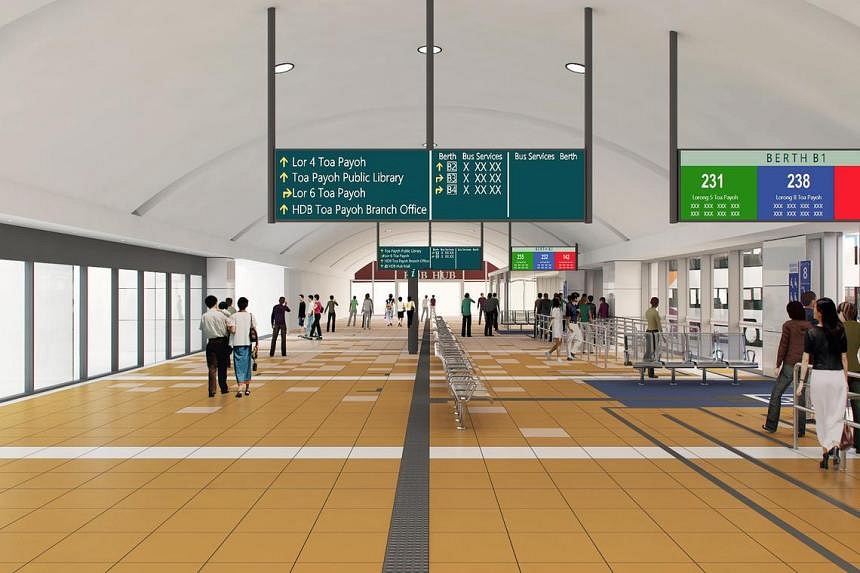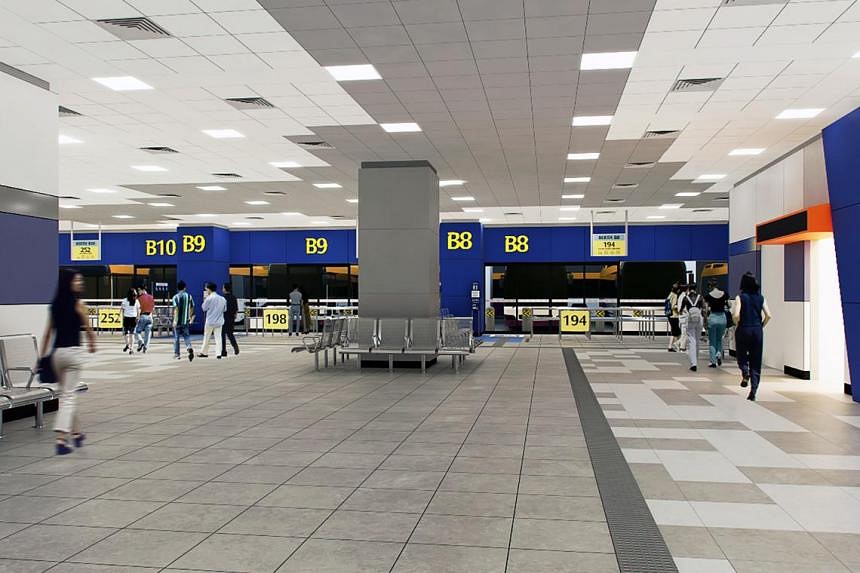7 bus interchanges to be more accessible and family-friendly by 2027


SINGAPORE — Public transport users can look forward to more family-friendly facilities, such as baby care rooms, at seven bus interchanges across the island by 2027.
The interchanges in Ang Mo Kio, Bedok, Boon Lay, Clementi, Sengkang, Serangoon and Toa Payoh will undergo upgrading starting in August.
The works will enhance accessibility, add passenger-friendly features, and improve staff facilities, the Land Transport Authority (LTA) said on Aug 16.
When completed, the seven interchanges will feature priority queue zones for seniors, more seats, passenger care rooms, as well as baby care and family washrooms, LTA said.
Wheelchair-accessible toilets, tactile guided paths and Braille signs on handrails will also be added.
In addition, staff facilities such as staff lounges and passenger service offices will be upgraded, and lighting and air-conditioning systems replaced and upgraded.
These improvements are similar to the features in newer bus interchanges, such as those in Jurong Town Hall and Tengah, LTA said.

Bus operations will not be affected during the upgrading, LTA said. To minimise the impact on passengers, work affecting boarding and alighting berths will be carried out one berth at a time, with measures in place to minimise noise and dust.
"LTA will also work with public transport operators to install wayfinding signs to guide commuters," it said.
LTA called a tender for the works on government procurement portal Gebiz in 2022. The seven interchanges opened between 2004 and 2014.

This article was first published in The Straits Times. Permission required for reproduction.